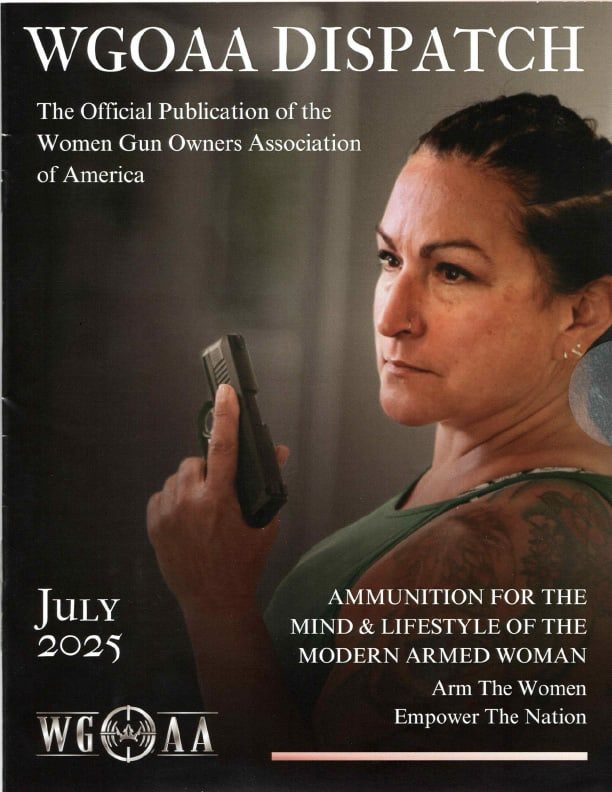Action Shooting International (ASI) bills itself as a “Move and Shoot'” sport for everyone. Unlike the International Defensive Pistol Association (IDPA) or The United States Practical Shooting Association (USPSA), there is less emphasis on the competitive aspects of Move & Shoot. However. there are many similarities for sure: each contains movement, shooting, and marksmanship. All have a set of rules, different style targets & threat levels.
For some, ASI is their first venture into action shooting, leaving the static, square-range and taking the next step into a more dynamic environment.
Here are some of the most frequently asked questions:
- What type of handgun is allowed at a competition? Typically, most people compete with their, everyday carry or what he/she has at home. Most all caliber handguns are accepted.
- How much ammunition will I need for a match? Two boxes of ammunition are usually enough for a typical match.
- Will I be expected to draw from a holster? All starts are from the table or low-ready. So you will need to transport the handgun in a gun case or gun rug from stage-to-stage. If appropriate, holster draws are allowed with Range Officer approval.
A typical pistol match consists of four to seven stages, containing an array of threat and non-threat targets, and use of cover. Some stages are stationary while some may include minor movement from start position to final position. A reload is usually required between the first and the last shot. All stages are timed and accuracy over speed is the focus. Most stages are less than 12 rounds. If desired, Match Directors have some leeway in how a stage is presented.

Another factor that sets ASI apart is the 8 page rulebook. It’s really more of a pamphlet and allows for easier understanding than the ponderous rulesets found within other organizations.
Unlike some shooting disciplines, ASI has few penalties. One example is you can have no more than one Procedural Error (PE) per type, with max of two per Course of Fire (CoF). For example, if a person’s foot faults twice (i.e., shoots target from out of a designated position) the shooter would be assessed only I PE. This is done so shooters can learn rather than be unnecessarily penalized. Scoring is simply raw time (based on last shot fired), plus points down (scoring targets), plus any penalties. Again, emphasis is on accuracy over speed or as we sometimes say, “You can’t miss fast enough!”
Also unique to ASL is Range Officer training. A Range Officer (RO) role is more of a mentor and coach, especially for new shooters. It is not uncommon to see them talk someone new through their stage plan and guide them during both the “load and make ready” and “unload and show clear” commands. For some, they may not be overly familiar with their firearm, so this can be helpful. ASI is not just for newbies. Many experienced competitive shooters utilize matches as extra range time or to try out a new pistol. Some may choose to shoot one-handed, or to work on a specific area. Because the Course of Fire can be “shooters choice·, meaning unless specified in the stage design. one is able to enjoy some freedom in completing a stage.
ASI doesn’t limit types of handguns or gear used. The rules don’t exclude guns based on specifications. Other shooting disciplines may restrict certain gun designs, e.g. Open-class semi-autos or guns that don’t make weight or size.
ASI is designed for you to compete in your everyday carry (EDC) which is different than IDPA or USPSA. IDPA often requires a cover garment of some sort to hide the weapon and reloads worn by the shooter. The purpose behind this is to mimic concealed carry. IDPA rules also specify allowable holsters, belts and mag pouches. USPSA has similar specialized gear to make a shooter more competitive.
If you are considering becoming an ASI Match Director (MD) for your range, the process is simple and streamlined. The support staff at ASI, located in Seattle, WA, are supportive and hands-on to help get your chapter up and running.
Original stages are available from the ASI online library. Depending on the venue, stages can be set-up in either indoor or outdoor ranges. If you have range space limitations, there are clever work-arounds to incorporate 6 stages with merely 2 bays. Yes, really.
For more information on Action Shooting International, check out their website at: https://asi-usa.org
About the author: Jackie Russo: After nearly 3 decades in law enforcement, I retired as a police sergeant. I’ve been a competition shooter since 2016, competing in IDPA and ASL In 2019, I brought ASI to my local range and have enjoyed introducing others to the “Move and Shoot” experience.
Questions for me? Send me an email at: paulbunyanasi@gmail.com